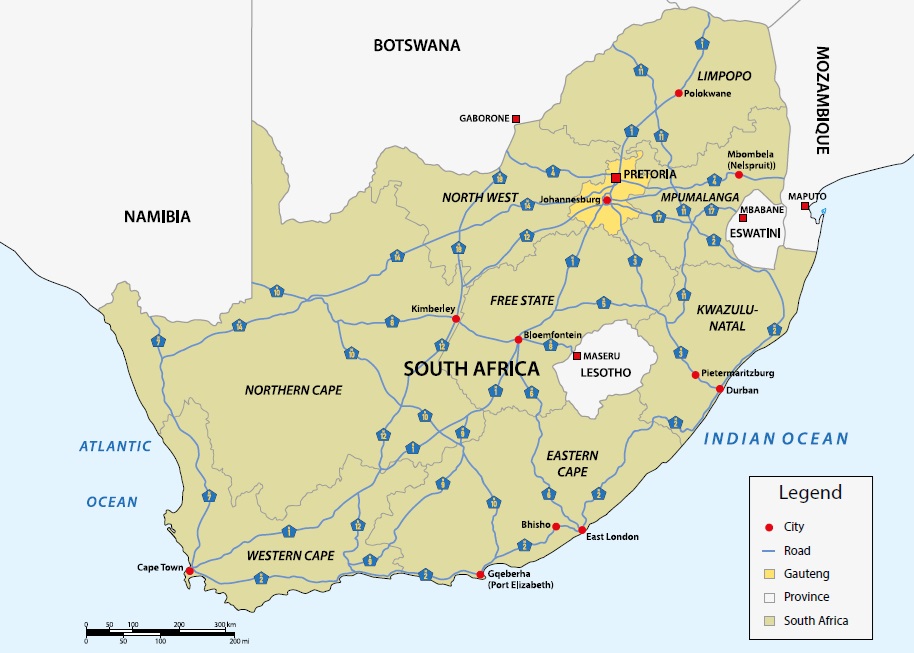
The Gauteng City Region is home to a quarter of South Africa’s population and generates 35% of the country’s GDP. With a high number of global companies and huge opportunity for growth, the Gauteng City region is seen as a gateway to Africa.
Road and railway infrastructure makes Gauteng a strategic gateway to other African economies:
- North-South Corridor (known as N3 and N1 in SA) — connecting Gauteng with KwaZulu- Natal and Limpopo and the rest of the SADC region via Zimbabwe.
- Orange Corridor — connecting Gauteng with the Free State, Northern Cape, and the rest of SADC via Namibia and Angola.
- Trans-Kalahari Corridor (also known as Maputo Corridor in SA) — connecting Gauteng with Mpumalanga, the Indian Ocean, the Pacific Rim, Mozambique (Maputo), and SADC region via Botswana.
- The N12 and N17 Corridors to Mpumalanga Province, Mozambique and Swaziland.
- The N3 to KwaZulu-Natal and Lesotho as well as R26 to the Free State and Western Cape Province (Cape Town).
- The OR Tambo International Airport (ORTIA), which is the point of entrance for almost all foreign visitors to Southern Africa.
- Gauteng represents the point of convergence of Southern Africa’s entire railway infrastructure, since all the main line systems converge at Germiston Station situated in Ekurhuleni, which provides easy access to other provinces and SADC countries.

Overview of the 5 Development Corridors of the Gauteng City Region
The vision for Gauteng is implemented along five development corridors that have distinct industries and different comparative advantages.
The Gauteng City Region is using land owned by government to earmark the locations of specific sectors and industries in the development corridors of the province.
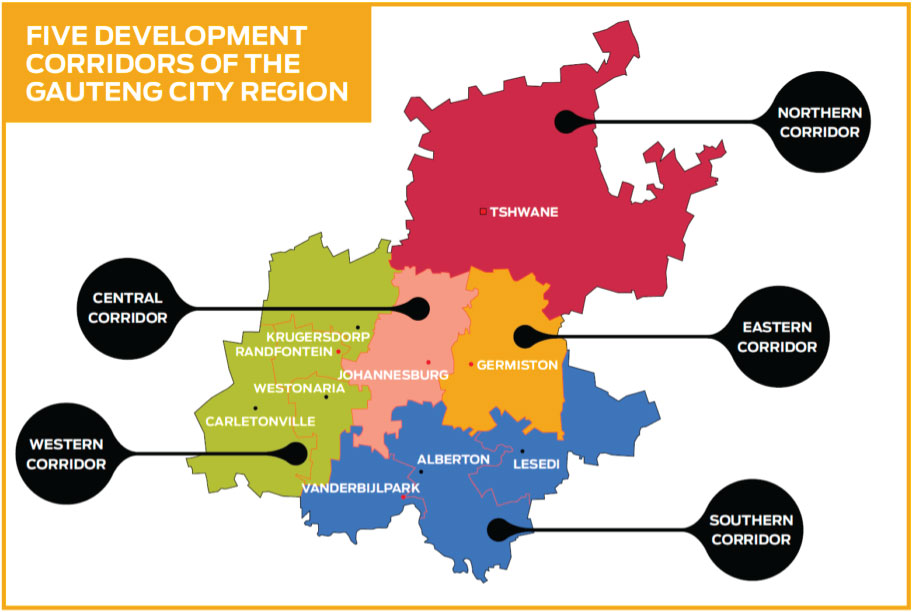
Northern Corridor
The Northern Development Corridor is anchored around City of Tshwane as South Africa’s
administrative capital city and the hub of the automotive sector, research and development,
innovation as well as the knowledge-based economy.
The Northern Corridor/City of Tshwane Metropolitan Area is located in the northern part
of the province of Gauteng, bounded by Limpopo Province to the north; North West province to the west and Mpumalanga to the east.
Within Gauteng, it shares borders with City of Johannesburg and the City of Ekurhuleni. Tshwane has the largest land mass (6 345 km²) in Gauteng.
It is traversed by two major national routes: the N1 which connects it with Limpopo Province and the City of Johannesburg and the N14 which connects it with Mpumalanga
and North West Province, thus enabling City of Tshwane to access the Trans-Kalahari Corridor.
Find out more about projects in this corridor…
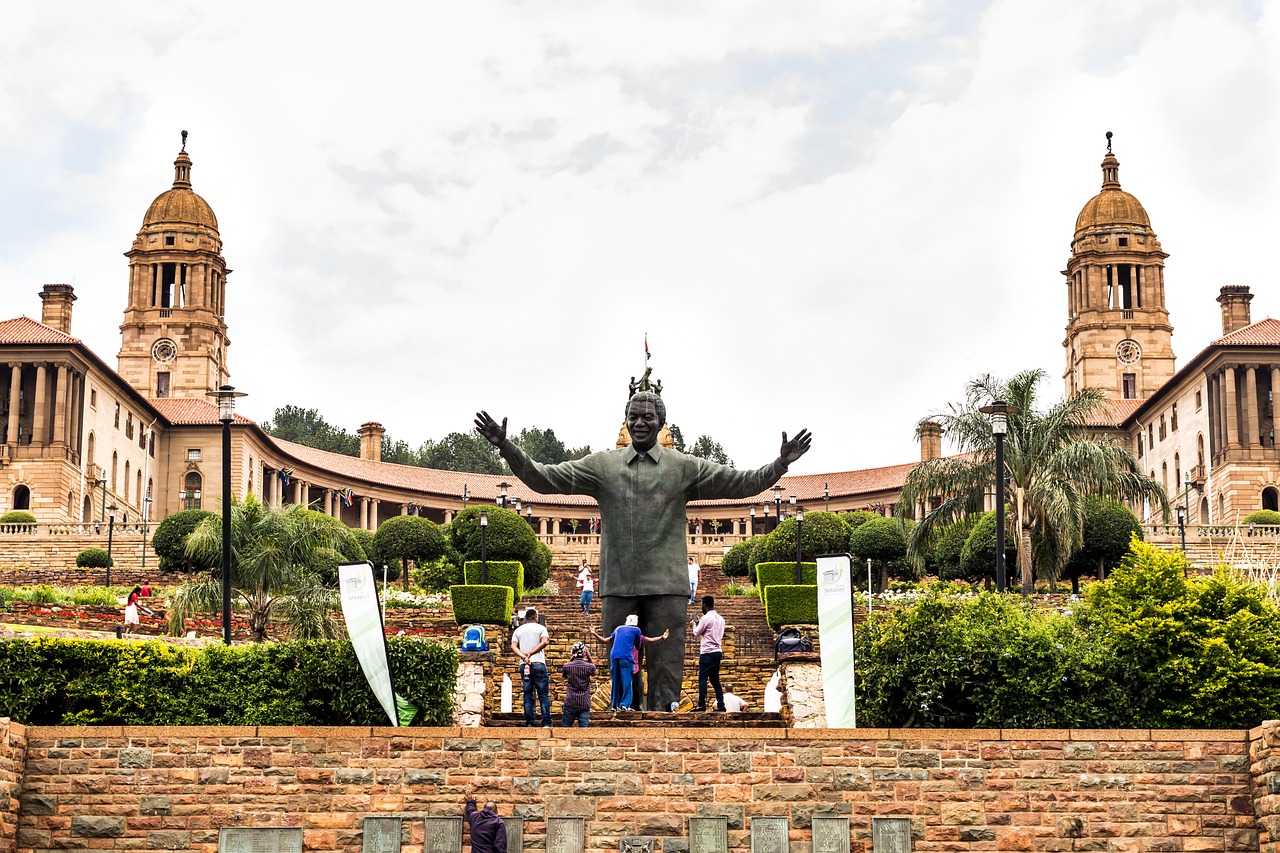 The Union Buildings in Tshwane, the official seat of the South African Government.
The Union Buildings in Tshwane, the official seat of the South African Government.
Eastern Corridor
The Eastern Development Corridor is anchored around the City of Ekurhuleni Metropolitan
Area and the OR Tambo International Airport hub, Africa’s largest Aerotropolis with advanced manufacturing and agro-processing capabilities as well as globally competitive logistics capacity.
Ekurhuleni is regarded as “Africa’s Workshop” in the production of structural steel and
fabricated metal products. The greatest concentration of manufacturing in South Africa resides within Ekurhuleni. The 15 km radius stretch between Wadeville and Alrode, south-west of Alberton, contains the single biggest concentration of industrial enterprises in South Africa.
Find out more about projects in this corridor…
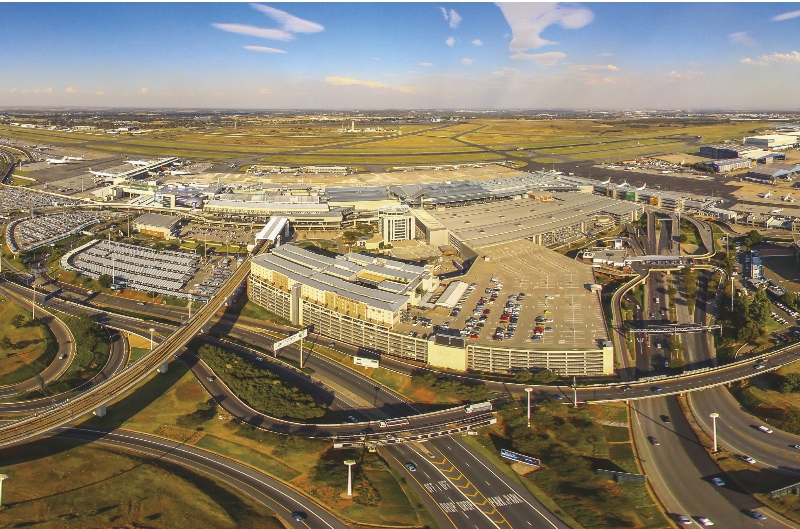 OR Tambo International Airport. Credit: ACSA
OR Tambo International Airport. Credit: ACSA
Central Corridor
The Central Development Corridor is anchored around the City of Johannesburg. Johannesburg is Africa’s financial and technological nerve centre and pre-eminent hub for innovation, research and development.
It is located at the centre of Gauteng Province, sharing boundaries with all the districts and metros in the province. It is bounded by City of Tshwane to the North, City of Ekurhuleni to the East, Sedibeng District to the South and West Rand District to the West.
The Central Development Corridor is the economic powerhouse of South Africa, contributing
approximately 17% of South Africa’s gross domestic product (GDP), mostly through the
manufacturing, retail and service industry sectors such as finance, services, ICT and
pharmaceutical industries.
Find out more about projects in this corridor…
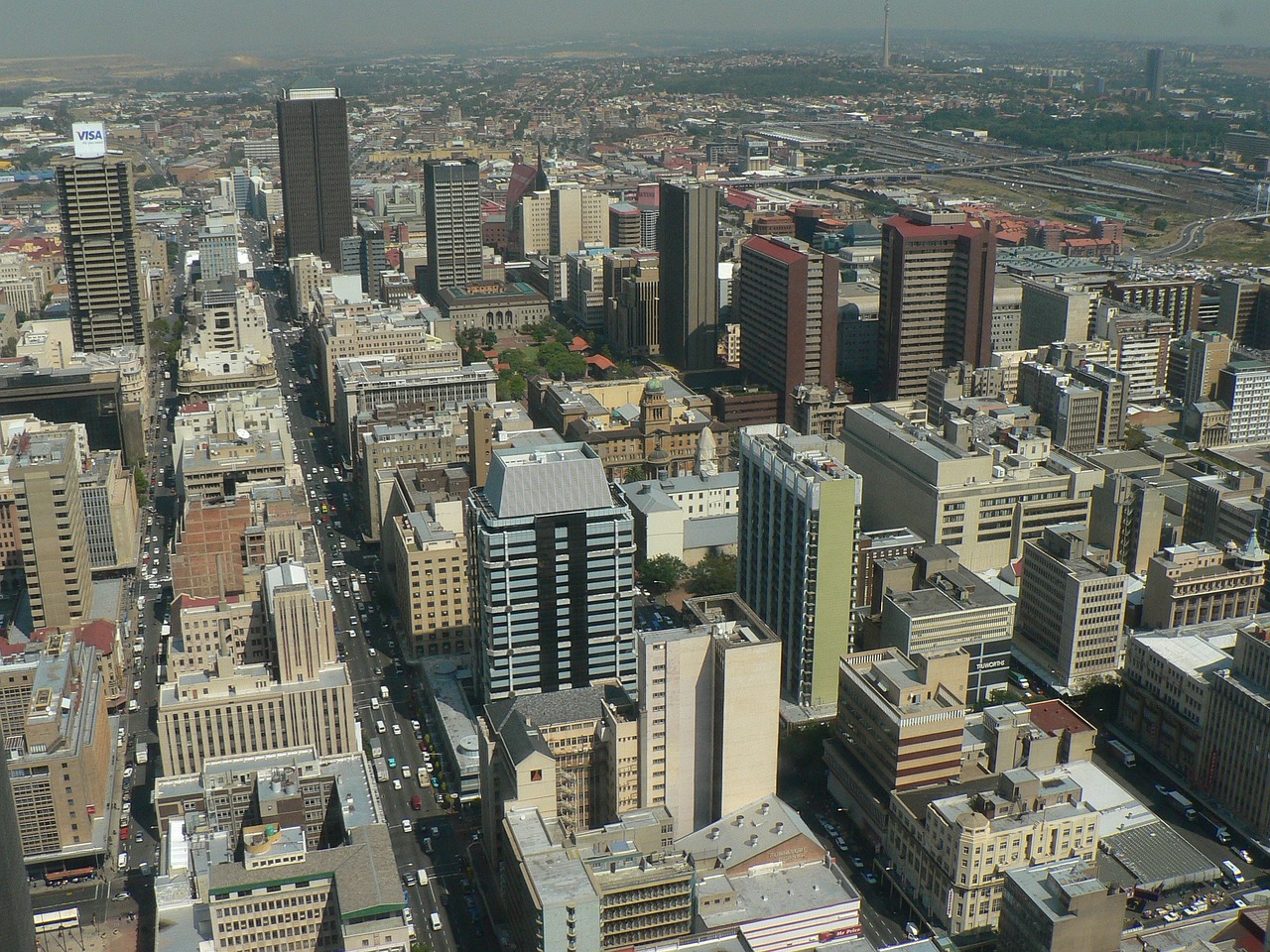
Western Corridor
The Western Corridor is anchored around the West Rand District Municipality, which is constituted of four local municipalities and has a focus on mining, tourism, agri-business and agro-processing.
The West Rand District municipality is close to Lanseria International Airport and is traversed by major national roads such as the N12 and N14, which connect the district with Free State and North West Provinces respectively. The R21 regional road provides vital connections with the City of Johannesburg and much needed access to OR Tambo International Airport.
Find out more about projects in this corridor…
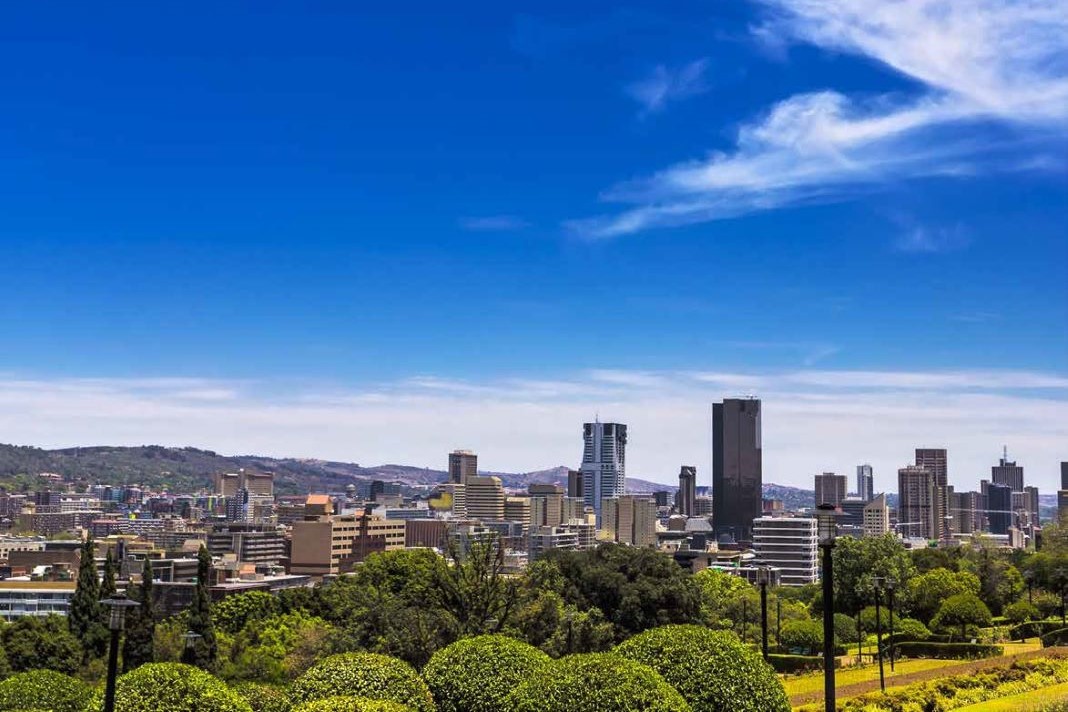
Southern Corridor
The Southern Corridor is anchored within Sedibeng District Municipality and the Vaal Triangle, which comprises 3 local municipalities: Emfuleni, Midvaal and Lesedi local municipalities.
The Vaal area of Gauteng has for decades been a hub for manufacturing, heavy industrial and engineering, and has identified land parcels set to be developed into a multi-site, multi-sector focused Special Economic Zone (SEZ).
The aim of the Vaal SEZ is to grow the untapped potential in the agricultural, manufacturing, logistics and renewable energy sectors.
Find out more about projects in this corridor…
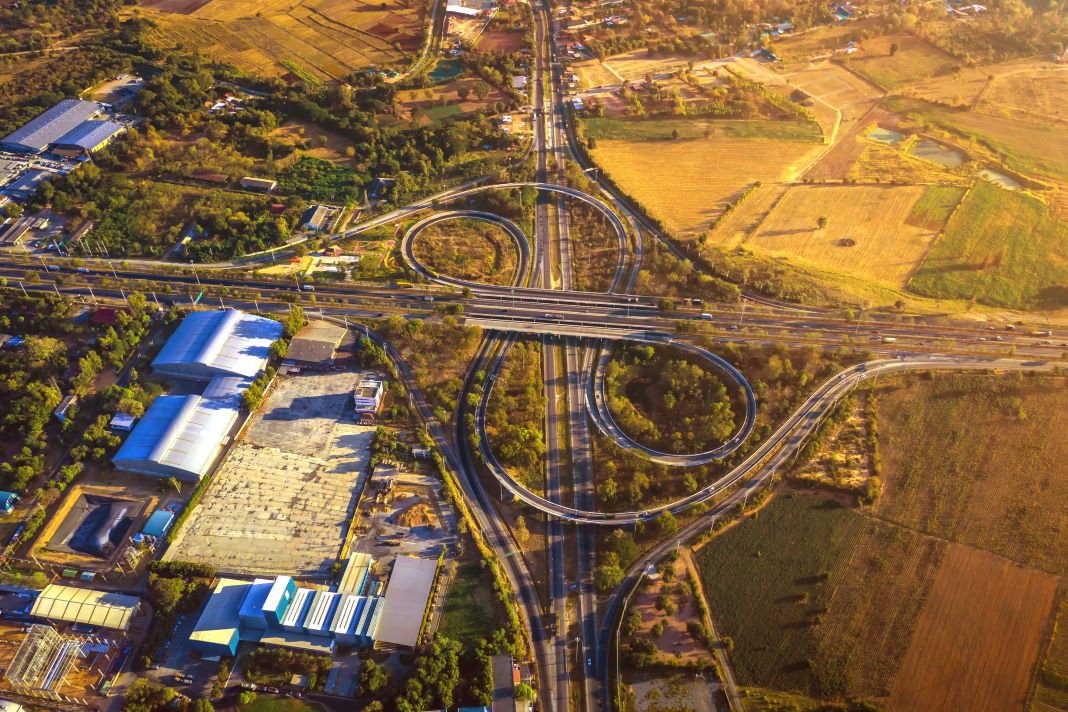 The Vaal SEZ benefits from well-connected infrastructure, encompassing roads, rail networks, and power systems. Credit: Vaal SEZ
The Vaal SEZ benefits from well-connected infrastructure, encompassing roads, rail networks, and power systems. Credit: Vaal SEZ
Invest in Gauteng
If you are interested to set up or expand your business in Gauteng, contact the investment facilitating team at the Gauteng Growth and Development Agency (GGDA) to discuss options and available opportunities:
Top reasons to invest in Gauteng
- Growing infrastructure base – There is an existing base to support a diversified economy and spatial transformation investments to grow the infrastructure base.
- Hot emerging market – Growing middle class, affluent consumer base, excellent returns on investment.
- Global cost advantage when compared to peers – Gauteng is completely cheaper when it comes to land and labour.
- Institutional base for governance – Gauteng is home to established judicial and regulatory institutions, the largest stock exchange in Africa and the African headquarters for large multinational companies.
- Established sectors – Gauteng has a number of established sectors (i.e. auto finance, BPO, manufacturing, mineral beneficiation, agro-processing and tourism) that offer economies of scale and related services.
- Favourable access to African markets – Advantage of close proximity to Southern African countries and established infrastructure. The African Continental Free Trade Area (AfCFTA) will boost intra-African trade and cerate a bigger market of over 1 billion people with a GDP of $2.6-trillion that will unlock industrial development.
- Young trainable labour force – Gauteng has 3 of the top 5 universities in South Africa producing a diversely skilled, talented and capable workforce. There is a large pool of trainable labour and ample government support for training and skills development.

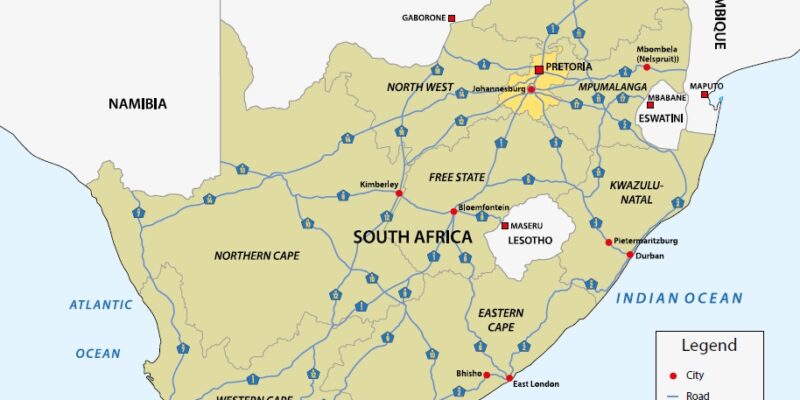
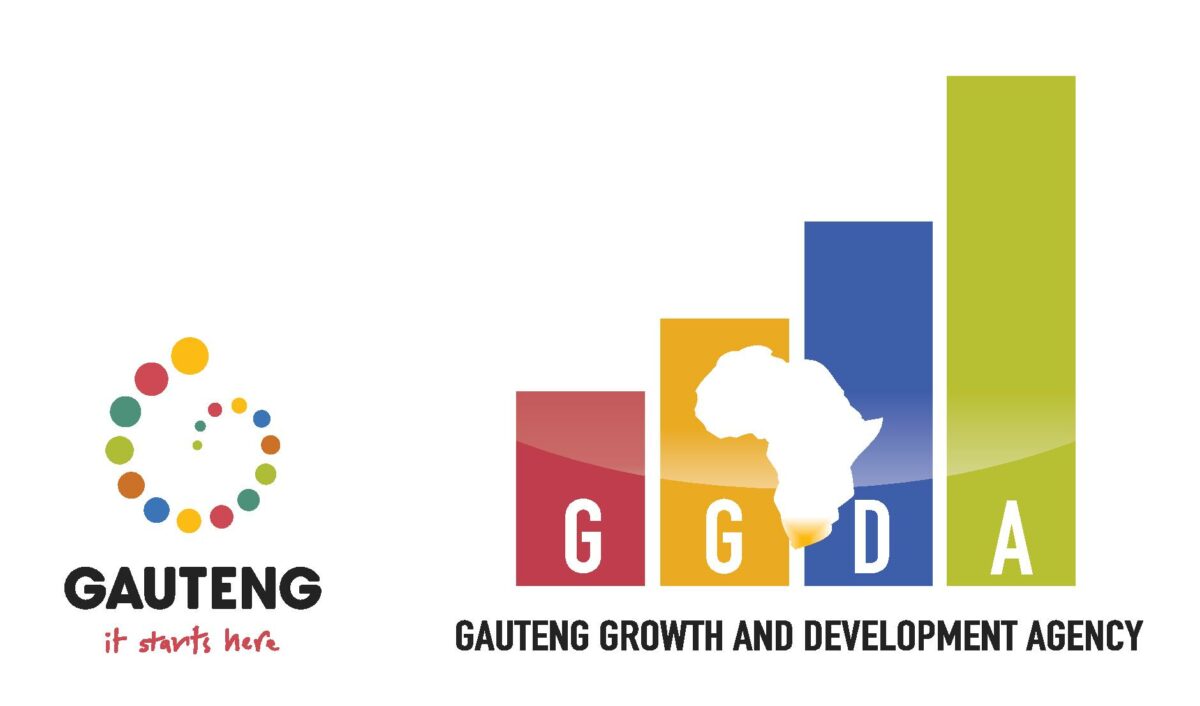





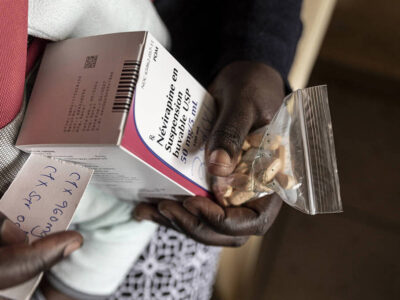
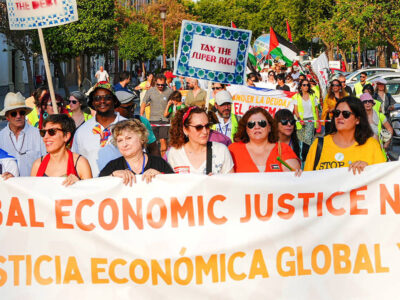
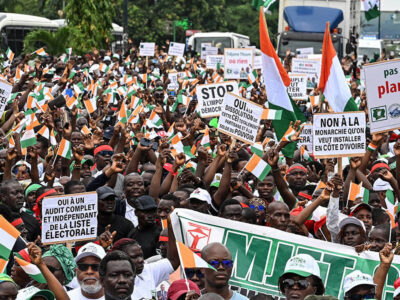

Comments